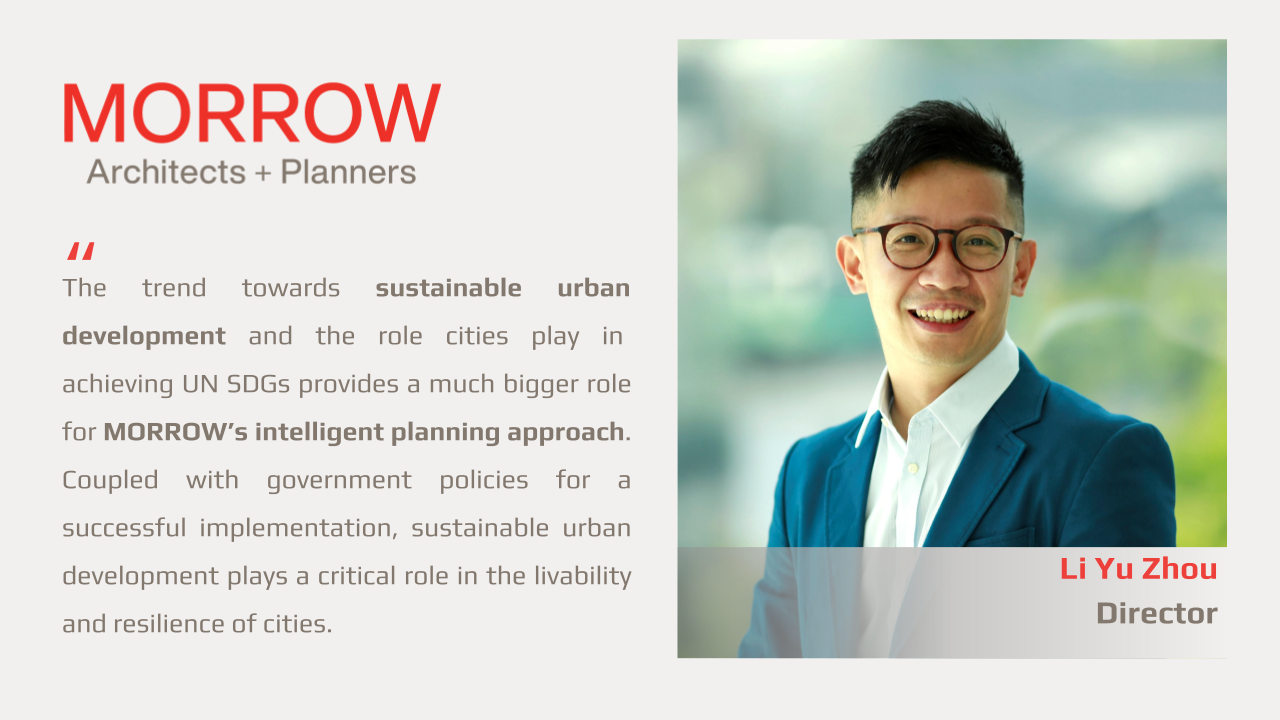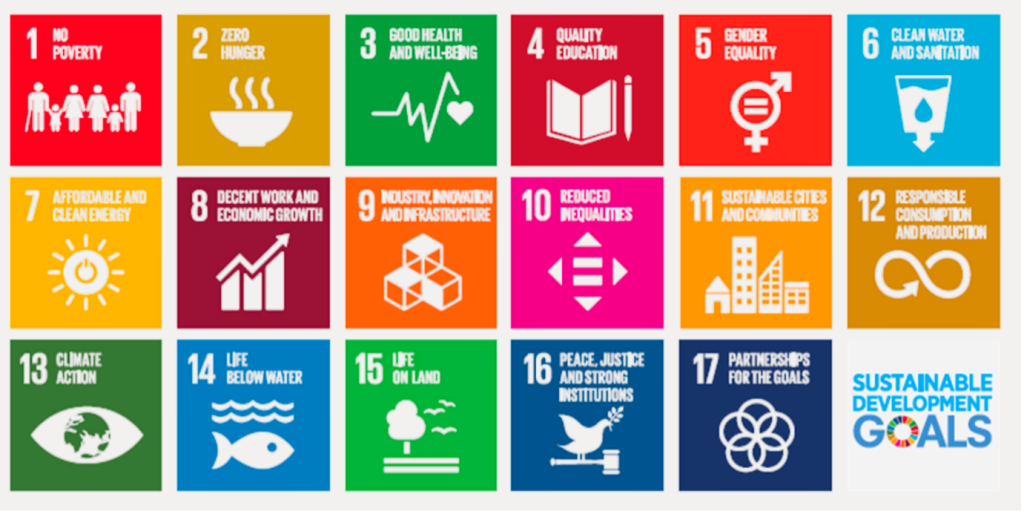
17 Sustainable Development Goals (SDGs) of the United Nations
In 2015, the United Nations adopted the 2030 Agenda for Sustainable Development as a call to action for all countries, organisations and individuals to work together towards a better and more sustainable future for all. At its heart are 17 Sustainable Development Goals (SDGs) that serve as a shared blueprint for addressing global challenges, from ending poverty and hunger, to promoting wellbeing and economic growth. They also aim to ensure access to affordable energy, quality education and decent work, and prompt urgent action to mitigate the impacts of climate change, protect biodiversity and reduce waste and pollution.
The SDGs are universal – they apply to all nations and aim to leave no one behind, which also means they are interconnected and cannot be achieved in isolation. They are also transformative, meaning that they require a fundamental change in the way we live and work. The implementation of the SDGs requires collective action, and this suggests the partnership and collaboration of all stakeholders, including governments, businesses, civil society and individuals.
Achieving the SDGs in Cities
Urbanisation has been a defining trend of the 21st century, with an increasing number of people moving from rural areas to cities in search of a better quality of life. Today, over half of the world’s population lives in urban areas and this number is projected to reach 68% by 2050. This massive urban growth brings both opportunities and challenges, and the SDG11 particularly underlines the need to “make cities and human settlements inclusive, safe, resilient and sustainable.”
For the SDGs to work, cities are key development actors. For example, cities account for 80% of global greenhouse gas (GHG) emissions, making them an essential arena for addressing SDG13, which calls for combating climate change and its impacts. However, addressing climate change in cities is not just about reducing emissions; it also requires addressing interlinkages with other SDGs, such as clean energy (SDG7), resilient infrastructure and innovation (SDG9), sustainable consumption and production patterns (SDG12), and preserving our oceans and forests (SDG14 and 15). Other SDGs such as improving health, education and employment (SDG3, 4 and 8) and reducing poverty, hunger and inequality (SDG1, 2 and 10) are also related to pressing urban challenges of providing adequate, safe and affordable housing, infrastructure and services.
This trend towards sustainable urban development and the recognition of cities as important actors in achieving the SDGs has significant implications for urban planning because of its critical role in shaping the liveability, sustainability and resilience of cities, coupled with good government policies for successful implementation. Importantly, cities should be planned and developed in a way that is sustainable and supports the achievement of the SDGs.
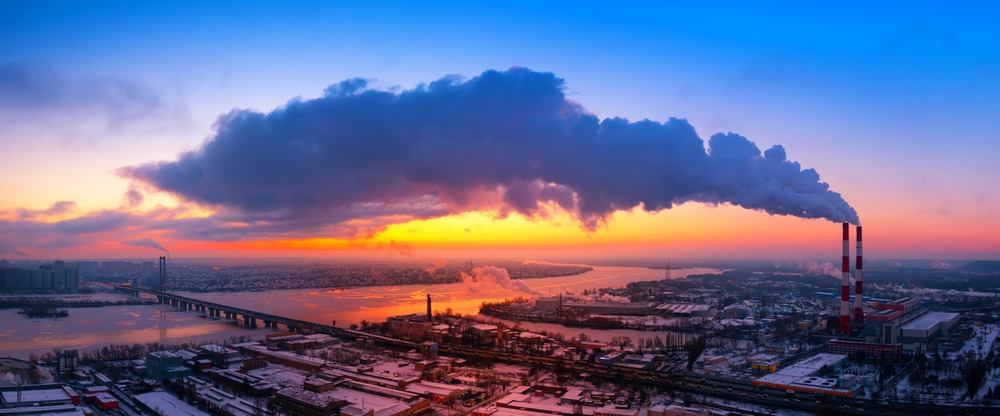
SDG-Oriented Intelligent Urban Planning Strategies at MORROW
At MORROW, our intelligent urban planning strategies prioritise sustainability in the design and development of cities and communities. By implementing the following 9 strategies, we aim to help achieve the SDGs for a better and more sustainable future for all.
1. Long-term integrated urban system (all SDGs)
We take a long-term approach to understand population trends and anticipate future growth in order to develop a master plan that can accommodate the needs of the city. This informs the future demand and capacity required for different functions within the city, such as housing, industry, transportation, healthcare, education, recreation, etc. Using this information, we integrate these urban functional systems to create synergy and minimize conflicts. For instance, pollutive industries are not planned near residential areas to improve air quality and reduce health risks.
2. Compact City (SDG9, 11 and 12)
A “compact city” is one that limits urban sprawl, preventing encroachment into natural environment. Hence, a compact city design meets future population growth demand while preserving natural areas. This approach also works with existing geographical constraints, minimises the linear city form, and controls the need for extending infrastructure networks. By prioritising public transit as a means of reducing transportation needs, compact city design allows for an effective implementation of infrastructure and public transit systems (SDG 9 Industry, Innovation and Infrastructure), promoting sustainable transportation and reducing greenhouse gas emissions. This not only contributes to SDG9 and 11, but also supports SDG12 (Ensure sustainable consumption and production patterns) by promoting sustainable urban development patterns that reduce resource consumption and environmental impacts.
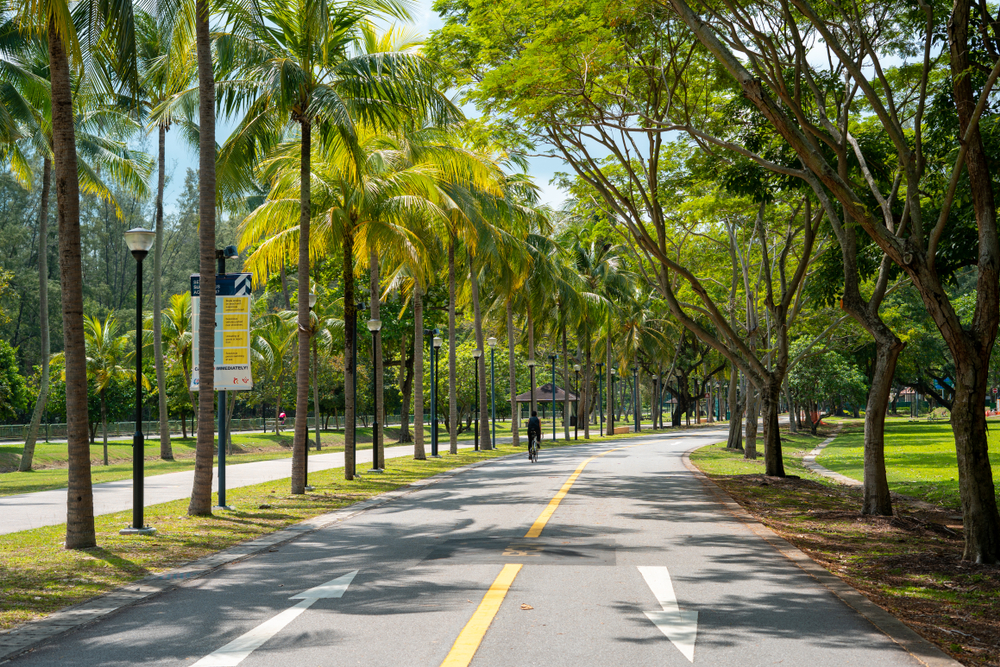
3. Preservation and Enhancement of Nature (SDG3, 11, 13 and 15)
By injecting greenery into urbanised areas and creating a new urban ecological network through roadside planting, parks and gardens distributed based on the family of the city (see Strategy 6), parks connectors and green buffers along the river network, the “green network” strategy can improve the liveability of the urban environment and promote a healthy lifestyle in connection with nature. This supports SDG3 (Ensure healthy lives and promote well-being for all at all ages) and contributes to SDG15 (Protect, restore and promote sustainable use of terrestrial ecosystems, sustainably manage forests, combat desertification, and halt and reverse land degradation and halt biodiversity loss) by preserving and enhancing urban biodiversity. It is also important for this new urban ecological network to weave in seamlessly with the existing natural ecological network to ensure a resilient ecosystem.
4. Climate Adaptation (SDG3, 11, 13 and 15)
Another strategy for addressing SDG3, 11, and 15 is to improve the resilience of cities against the impacts of climate change through coastal mangroves, wetlands and urban greenery. Coastal mangroves and wetlands help curb or slow down sudden tidal floods caused by cyclones and improve intertidal biodiversity. Meanwhile, urban greenery provides clean air quality by absorbing gaseous pollutants and particulate matter, reduces carbon emissions and releases oxygen, and reduces the urban heat island effect through transpiring water and shading heat-absorbing surfaces. These measures improve the overall health and well-being of residents.
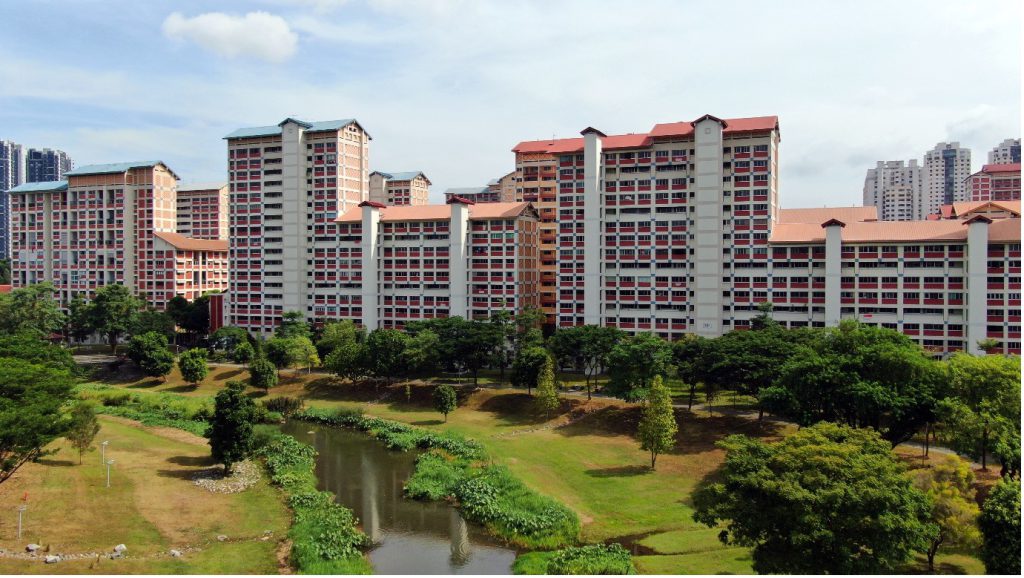
5. Water Management (SDG3, 6, 11, 13, 14 and 15)
Sustainable water management is key to achieve SDG 6 (Ensure availability and sustainable management of water and sanitation for all) and SDG 14 (Conserve and sustainably use the oceans, seas and marine resources for sustainable development). Green infrastructure such as rainwater collection systems can improve stormwater management, and urban parks and gardens can be designed to serve as nature-based solutions to mitigate flooding. In addition, a seamless integration of green and blue elements into urban planning, such as rivers, lakes, and reservoirs, not only improves the aesthetic of the city but also provides additional public spaces for recreational activities.
6. Hierarchical approach – “Family of City” (SDG1, 2, 3, 4, 8 and 11)
The “family of city” approach focuses on creating a clear spatial hierarchy within the city. By organising the city into regions, new towns, neighbourhoods and precincts based on population density and distribution, essential amenities and facilities, such as education, healthcare, parks, and markets, should also be provided so that all residents regardless of socio-economic status will have equal access to these vital resources. In this way, the family of a city creates strong, cohesive communities, which in turn can help address the goals of SDG1 (No Poverty), SDG2 (Zero Hunger), and SDG4 (Quality Education). Commercial and industrial areas are also planned and distributed based on this approach to ensure that employment opportunities are closer to homes. which in turn can help address the goals of SDG 8 and 9.
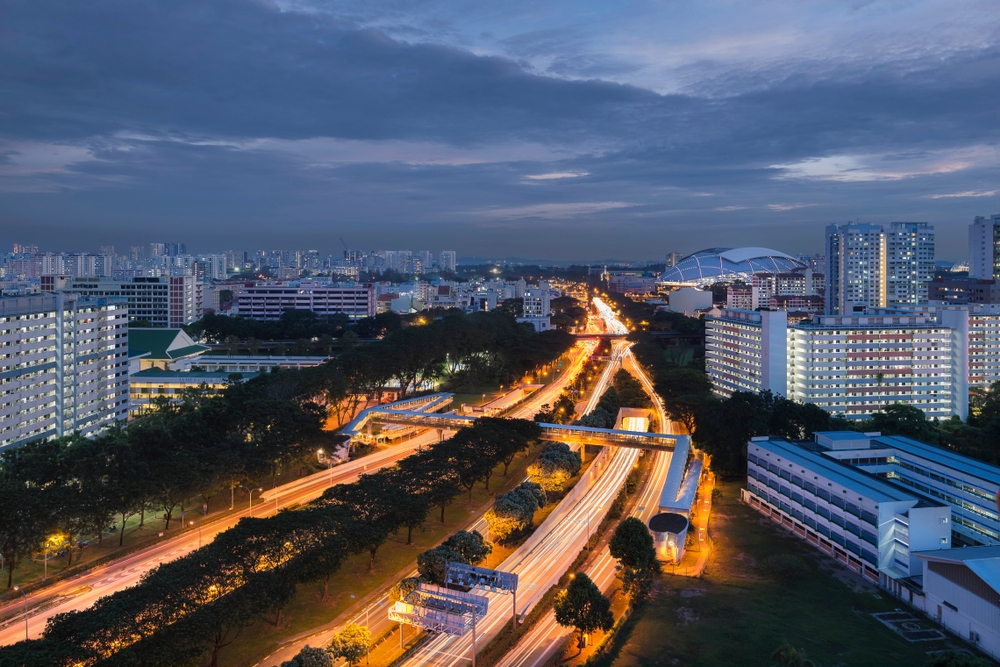
7. Decentralisation and Accessibility (SDG3, 4, 7, 8 and 11)
A decentralised and accessible planning strategy focuses on urban centres and public amenities. By organising the city in a hierarchical manner, with the distribution of amenities and facilities at each level, it creates self-sufficient new towns. Additionally, by promoting green mobility options such as walking or cycling, it not only supports good health and well-being but also helps to address issues related to air pollution, traffic congestion, and energy consumption, making it a key component in the push towards sustainable and equitable cities.
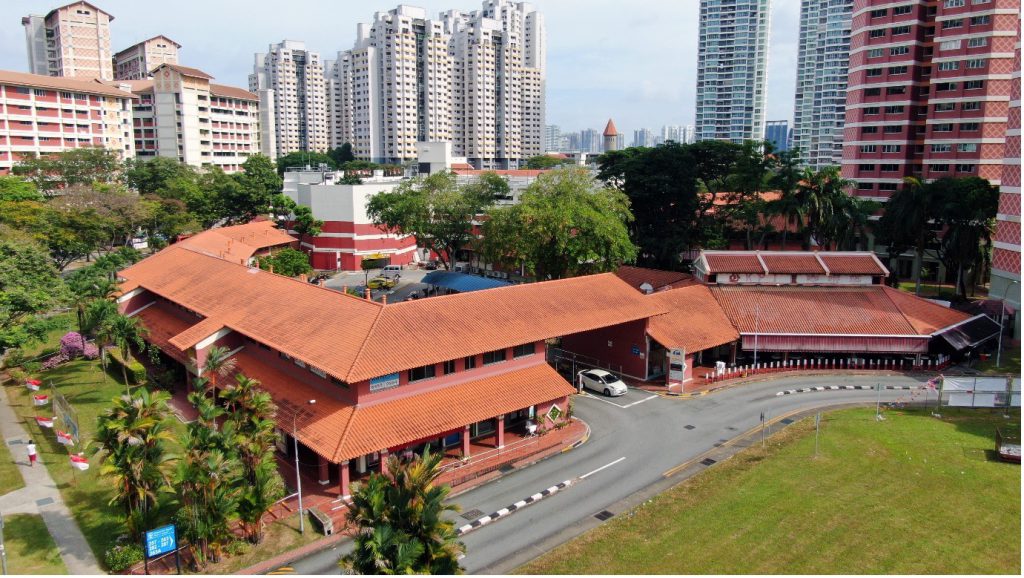
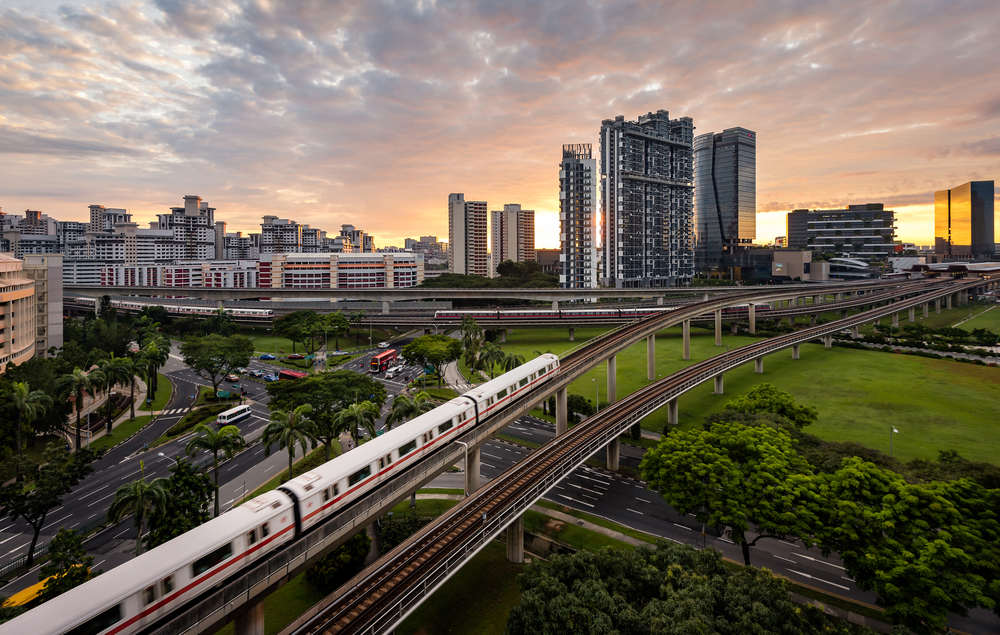
8. Connectivity and Mobility (SDG7, 8, 11, and 12)
In order to achieve SDG 7 (Ensure access to affordable, reliable, sustainable and modern energy for all), SDG 8 (Promote sustained, inclusive and sustainable economic growth, full and productive employment and decent work for all) and SDG12, urban planning should prioritise the design of a well-organised road network. This can be achieved by adopting a road hierarchy approach, which separates inter-city and intra-city roads and helps to reduce traffic congestion. Furthermore, to improve accessibility and reduce carbon emissions, the road density should vary according to the level of urbanisation, with higher density in central business districts and lower density in residential areas. By doing so, this will also facilitate the implementation of effective public transit corridors. Through careful consideration of the land use planning, residents can have easier accessibility to facilities and amenities, together with detail planning of a comprehensive pedestrian and cycling network will encourage active modes of mobility especially within the neighbourhoods.
9. Employment Opportunities (SDG1, 4, 8, 9 and 11)
Creating different employment opportunities in a city through urban planning is crucial in achieving economic sustainability. Firstly, having a diversified and well-planned economy helps in reducing poverty and ensuring inclusive and equitable economic growth. Secondly, allocating sufficient land area for potential drivers of the economy, such as industries and businesses, helps to create job opportunities for residents. This decentralisation of job opportunities helps in making employment accessible and reduces the burden of long commutes. Finally, creating an enabling ecosystem and fostering synergies between industries and institutions helps to ensure sustainable economic growth.
Conclusion
The SDGs provide a comprehensive framework for cities to prioritise and address global challenges, and the role of urban planners has never been more important in ensuring the implementation of sustainable development planning strategies for urban areas. A master plans that is based on SDG-oriented planning strategies should look like this:
- Long-term Urban System: Consider future trends, such as population growth and changing demographics, to ensure that the city can accommodate these changes while preserving its character and uniqueness.
- Ecological and Environmental Sustainability: Include measures such as green infrastructure, renewable energy sources, and the preservation of natural resources to reduce the city’s carbon footprint and improve air quality.
- Historical and Cultural Assets: Support the provisions for the preservation of historical buildings, cultural sites, and landmarks, and the development of cultural institutions and public spaces.
- Liveable and Sustainable Communities: Create an inclusive and equitable environment for all residents through provisioning affordable housing, accessible public transportation and quality public spaces.
- Urban Connectivity and Mobility: Design safe and accessible pedestrian and bicycle infrastructure, and a transportation system that is reliable, efficient, and environmentally sustainable.
- Thriving economy: Facilitate business and job development, including the creation of economic opportunities in all Sectors.
More about the author (Mr Li Yu Zhou) here, and our other MORROW Insights articles here.


